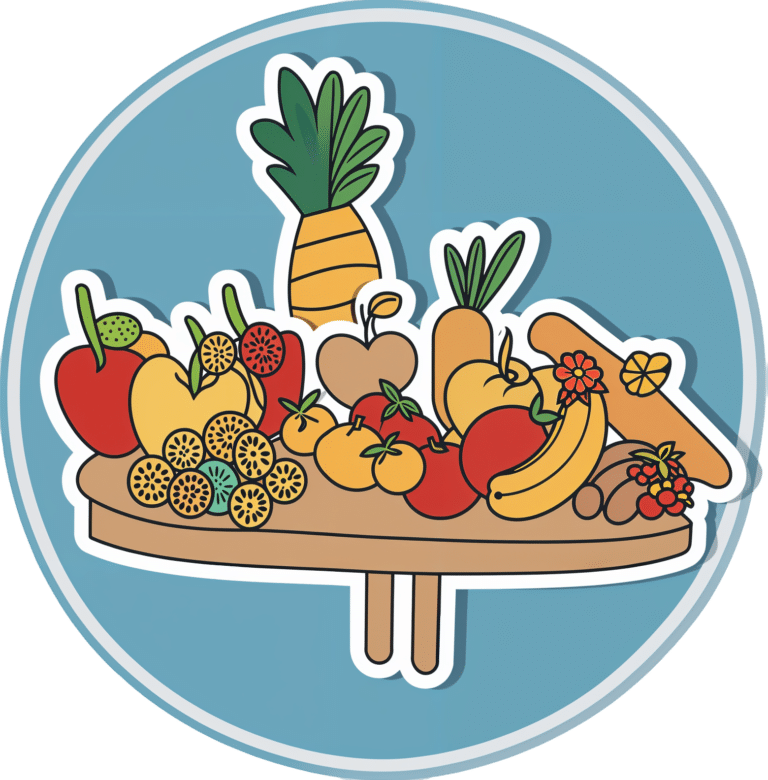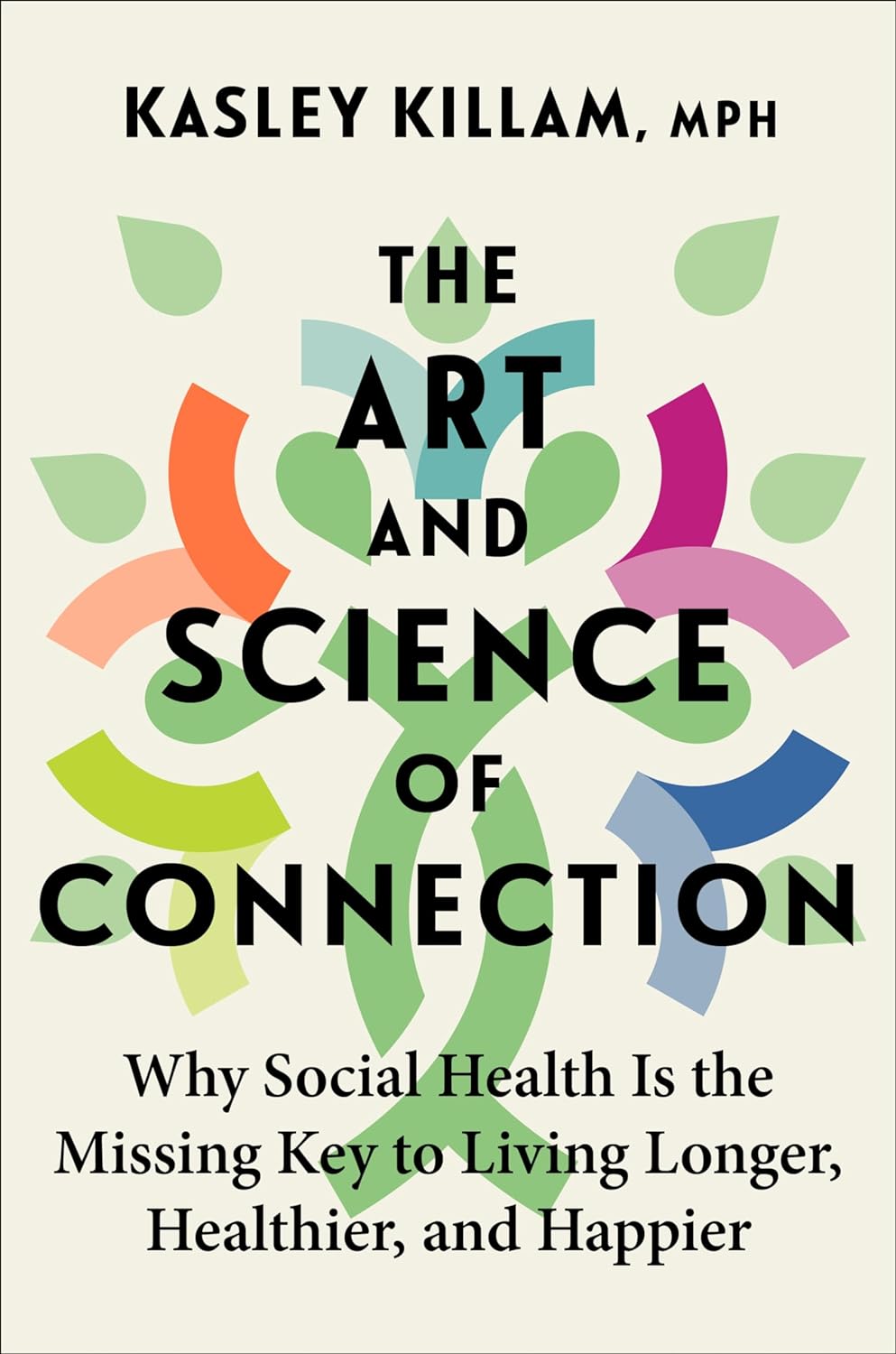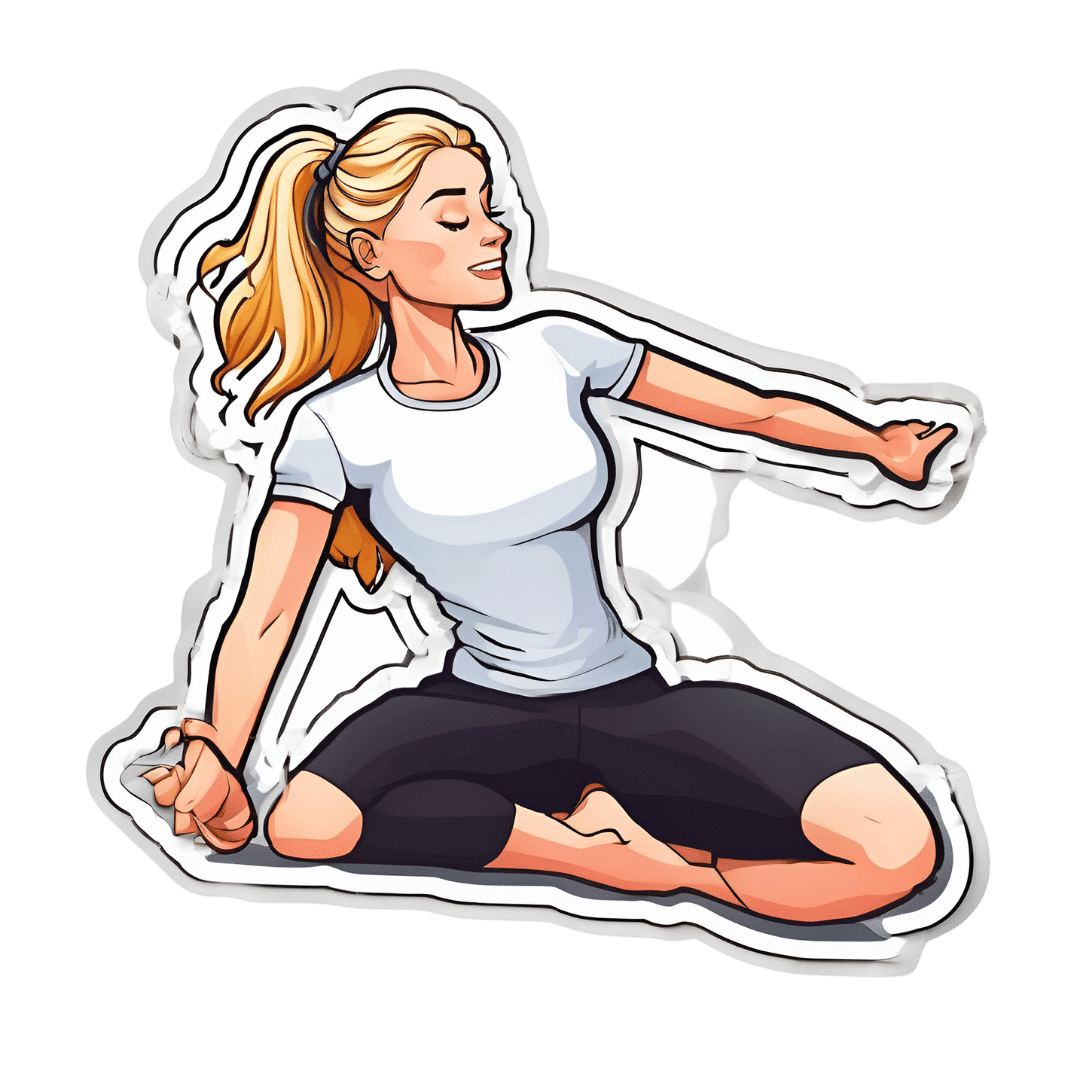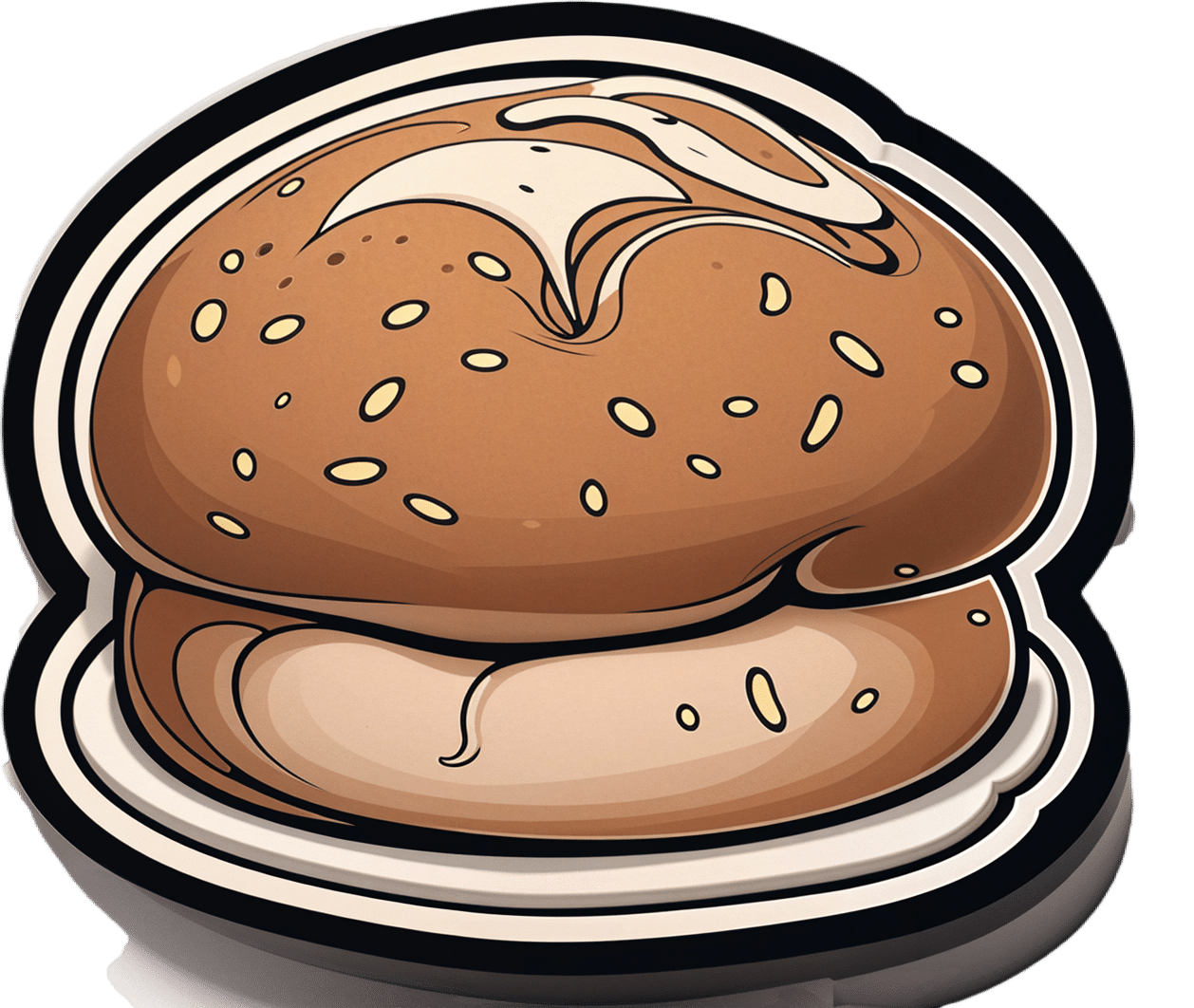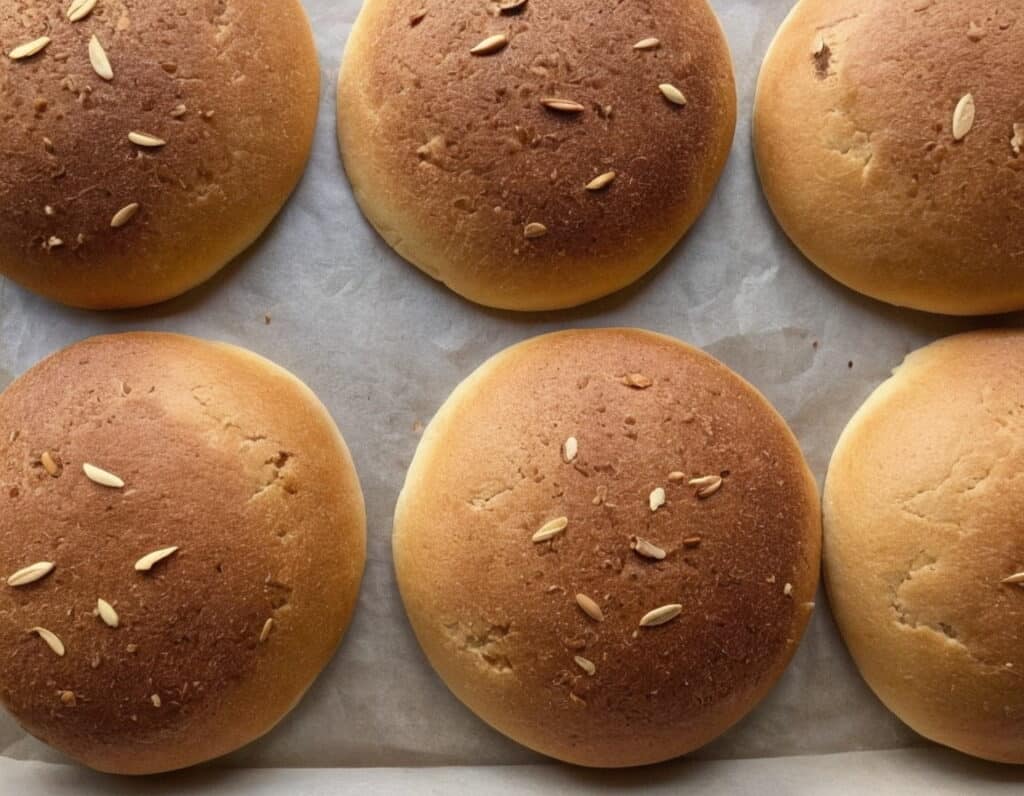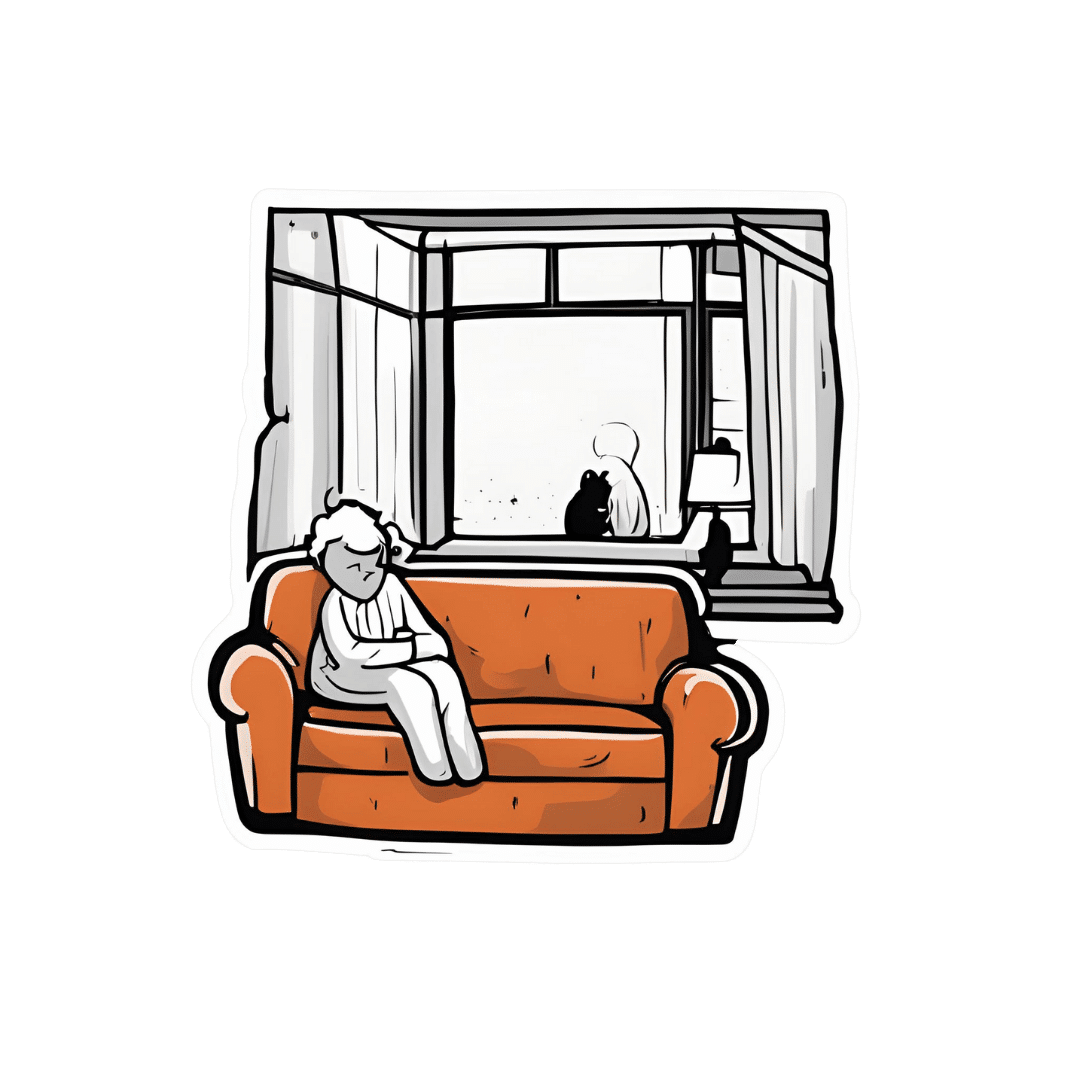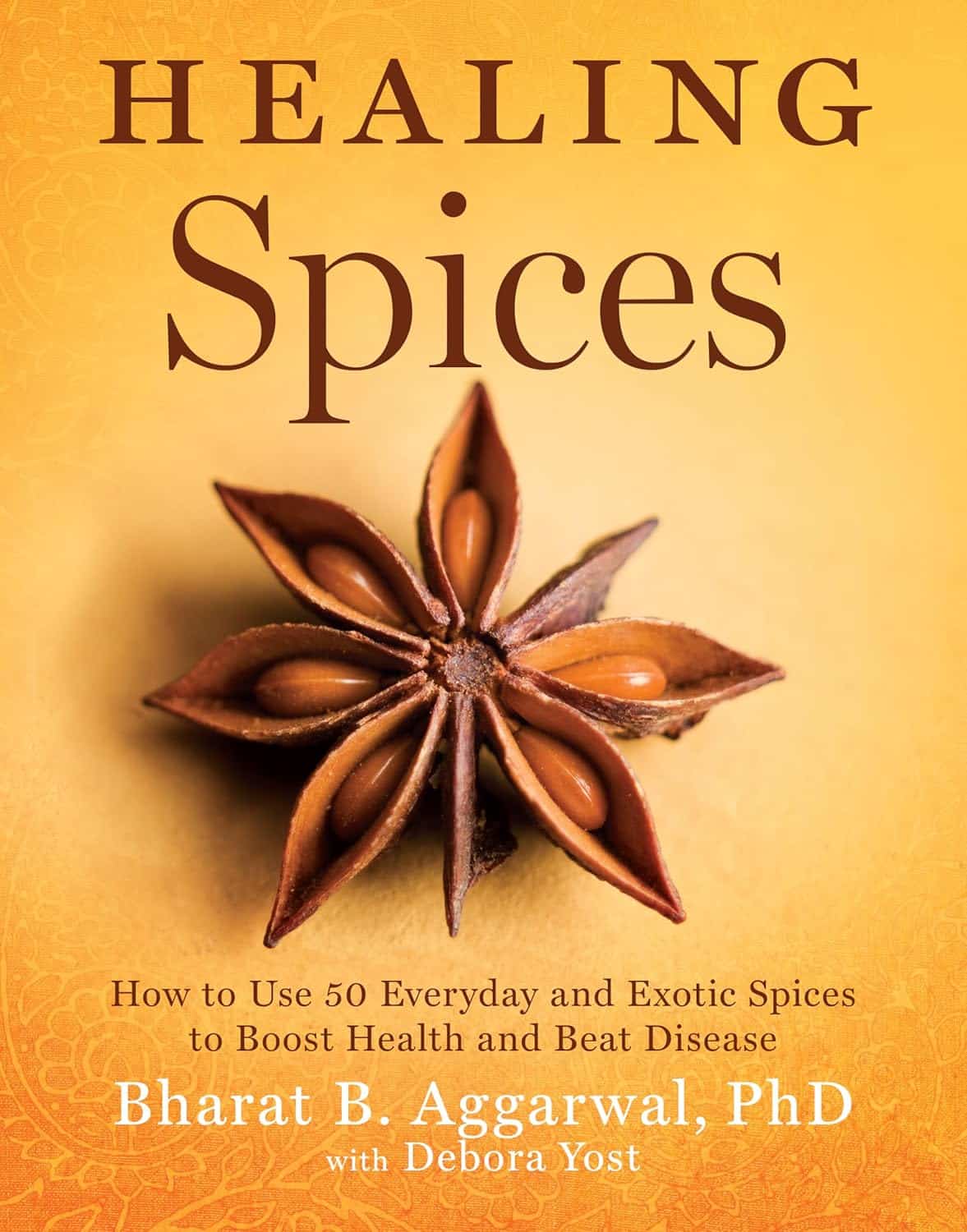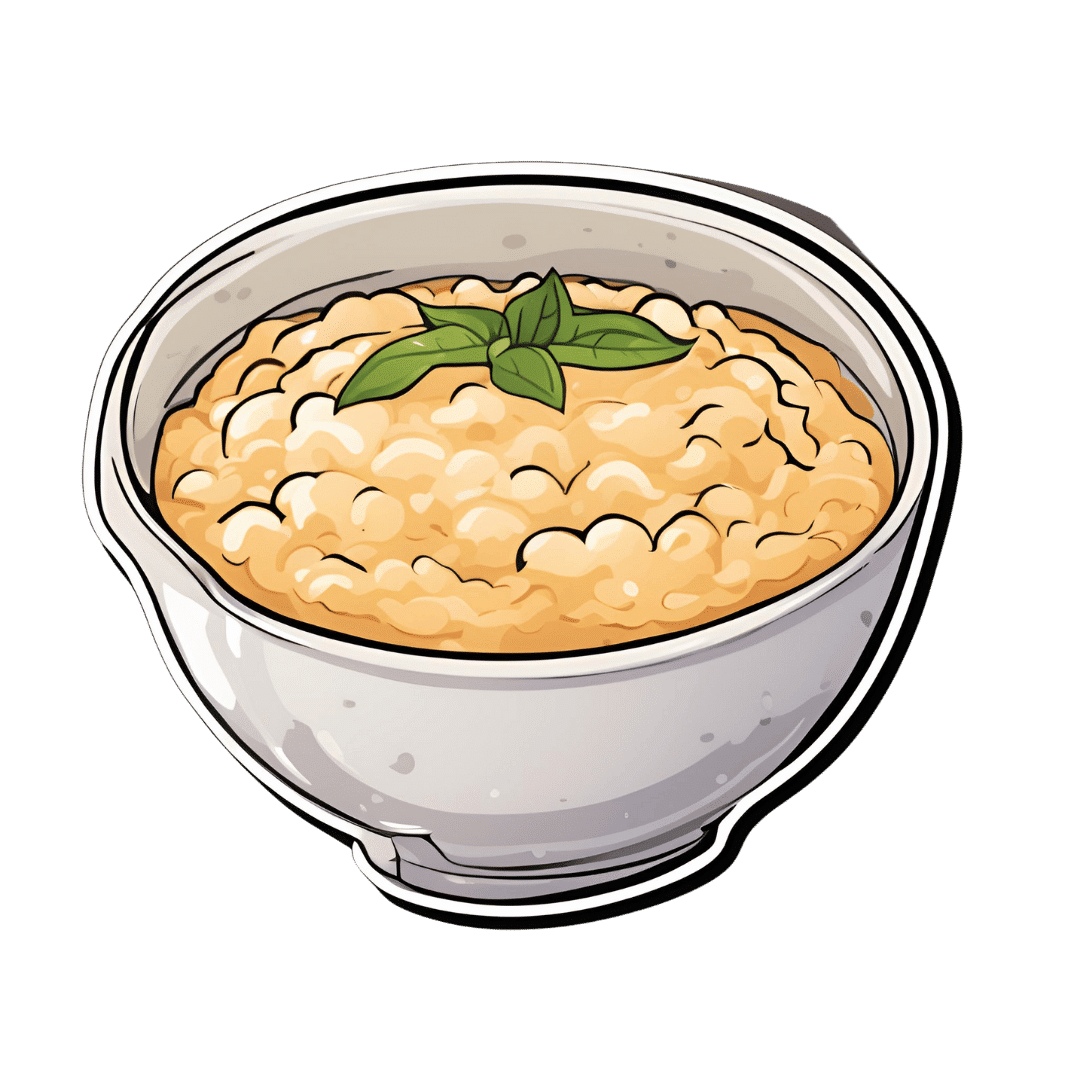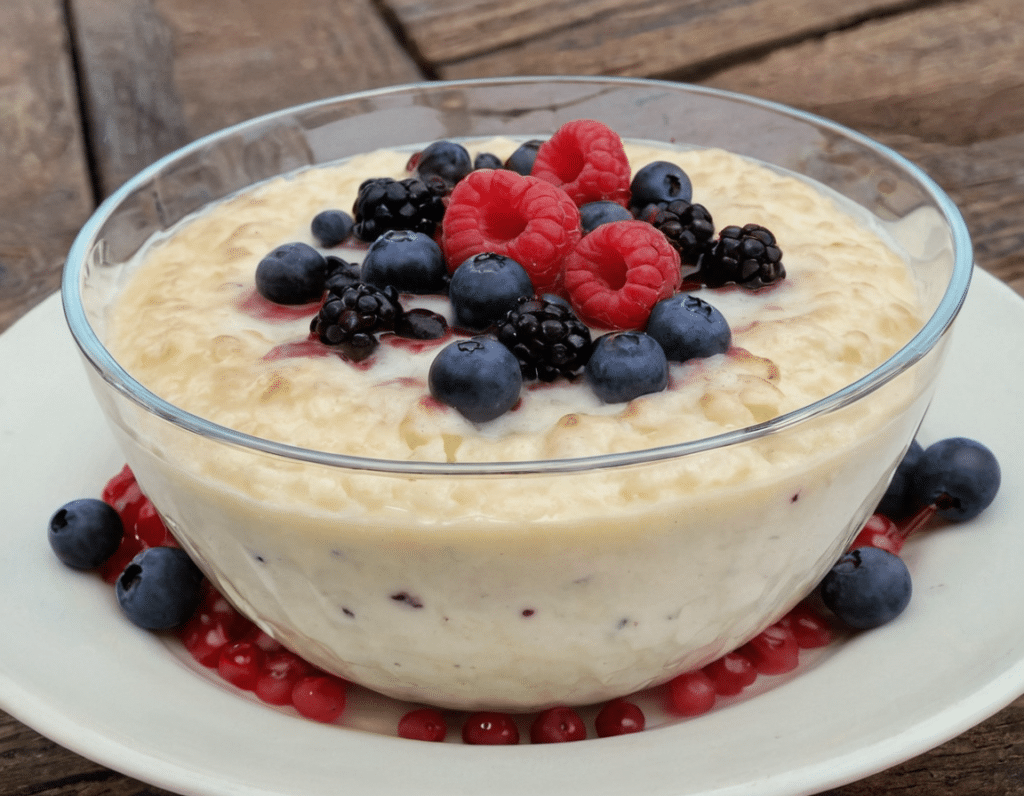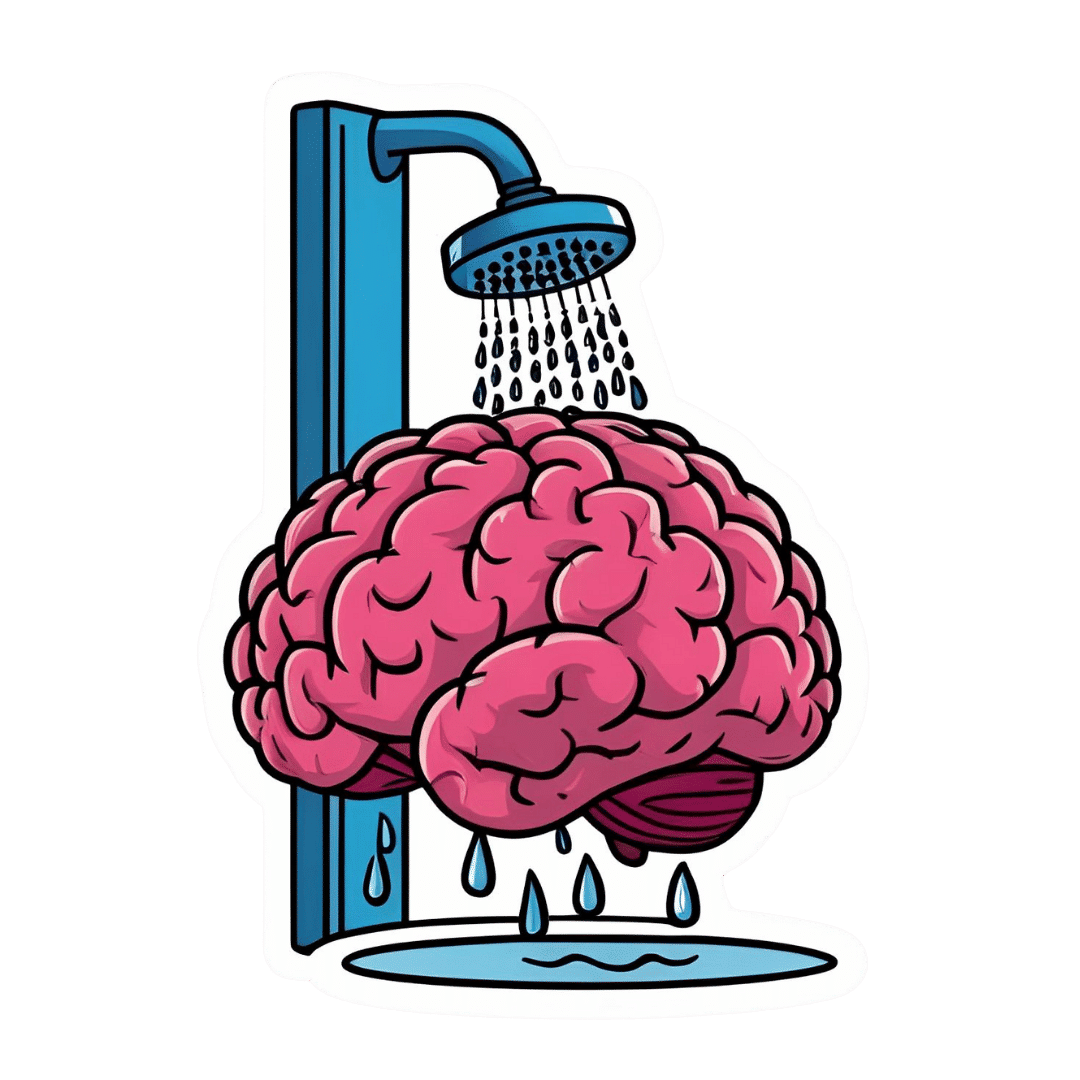
Take Care Of Your Lymphatic System To Beat Cognitive Decline
10almonds is reader-supported. We may, at no cost to you, receive a portion of sales if you purchase a product through a link in this article.
First of all, for any unfamiliar with the lymphatic system, it’s mostly the body’s clean-up system (as well as a big part of the body’s anticancer system).
See: The Lymphatic System Against Cancer & More
It may not be the most glamorous job, but it’s certainly an essential one.
There’s no lymph in the brain, but…
Because of the blood-brain barrier (BBB) that keeps the astonishingly sensitive brain as safe as it can from unwanted things, there are many aspects of our physiology that only happen inside the brain, or only happen outside of it, as the compounds in question may be too large to get through the BBB.
The lymphatic system is, in and of itself, an entirely outside-of-the-brain affair. So, how does stuff get cleaned out from the brain (such as beta-amyloid and alpha-synuclein clearance, to avoid Alzheimer’s and Parkinson’s, respectively)?
The glymphatic system (a portmanteau of glial cells doing the job of the lymphatic system) is the brain’s own cleanup crew, and we wrote about it here:
How To Clean Your Brain (Glymphatic Health Primer)
Why lymph still matters for the brain
Although the glymphatic system is doing a (hopefully) fine job of scrubbing up the brain, if the lymphatic system isn’t working at least as well, then this becomes the equivalent of what would happen if you at home were very attentive to taking the trash out, but the garbage disposal crews stopped doing their job, or did it much less well than they need to. Soon, you’d end up with a mountain of trash at home, even though you were doing your part correctly.
In short: the glymphatic system needs to pass the waste on somewhere, and the lymphatic system is its go-to.
You may be wondering about the role of blood in all of this, and the answer is that no part of any of the above systems can do its job without adequate oxygenation, and our blood also assists in the transport of things removed—which is one of the reasons why there are blood-based Alzheimer’s tests that can be done; they measure certain markers of neurodegeneration that become present in the blood having left the brain:
Early Dementia Screening From Your Blood & More ← the “and more” is actually quite interesting, but it’s the blood we’re interested in for this section
What can be done about it
Our first two links up above, about the lymphatic and glymphatic systems, respectively, also tell how to look after each of them, but we’ll mention a few salient pointers here.
For the lymphatic system:
- do lymphatic massage
- exercise, with a focus on maximizing movement
- eat an anti-inflammatory diet
For the glymphatic system:
- do vagal massage (Vagal! Not vaginal, which will not help! Or rather: it won’t help the glymphatic system, anyway)
- exercise, and/but also rest well (good quality sleep)
- eat omega-3 fatty acids
For more details and suggestions on each though, do check out:
Lymphatic health primer | Glymphatic health primer
How this was discovered
Until as recently as 2014, it was not known that there was any part of the lymphatic system around the brain, waiting to take things from the glymphatic system. Since then, research has slowly been done about the relationship between the two, how things work, and what affects what and how.
Most recently (the study was published two days ago, at time of writing this) it was discovered that, in mice at least, improving lymphatic function just outside of the brain (the meningeal lymphatic vessels, responsible for draining waste from the brain) improves memory.
Aged mice who underwent a process that rejuvenated the meningeal lymphatic vessels, performed better in memory tests afterwards.
How this worked, step-by-step:
- The mice were given a special protein that rejuvenated the meningeal lymphatic vessels¹
- The lymphatic vessels were then able to do their job better
- This meant that the glial cells of the glymphatic system were no longer drowning in excess stuff
- This reduced levels of a protein that says “help, too much stuff!” and starts inhibiting everything it can to try to cope²
- This meant that neural activity was no longer being suppressed, and memory improved
Technical bits for those who want it:
¹ We’re not being secretive about what this special protein was; it’s just that the special protein is called adeno-associated virus 1 cytomegalovirus murine vascular endothelial growth factor C, or “AAV1-CMV-mVEGF-C” for short, so for readability, “a special protein” does the job. Suffice it to say, a) you can’t exactly buy AAV1-CMV-mVEGF-C on Amazon, and b) you wouldn’t want it anyway, you’d want its close cousin AAV1-CMV-hVEGF-C (“m” for murine, i.e. mousey, vs “h” for human)
² This one’s just called interleukin-6 (IL-6); perhaps you’ve heard of interleukin; we’ve mentioned it sometimes before.
You can read the paper in its entirety here; if you don’t mind reading very technical stuff, it is very interesting:
Meningeal lymphatics-microglia axis regulates synaptic physiology
Enjoy!
Don’t Forget…
Did you arrive here from our newsletter? Don’t forget to return to the email to continue learning!
Recommended
Learn to Age Gracefully
Join the 98k+ American women taking control of their health & aging with our 100% free (and fun!) daily emails:
-
The Art and Science of Connection – by Kasley Killam, MPH
10almonds is reader-supported. We may, at no cost to you, receive a portion of sales if you purchase a product through a link in this article.
We can eat well, exercise well, and even sleep well, and we’ll still have a +53% increased all-cause mortality if we lack social connection—even if we technically have support and access to social resources, just not the real human connection itself. And as we get older, it gets increasingly easy to find ourselves isolated.
The author is a social scientist by profession, and it shows. None of what she shares in the book is wishy-washy; it has abundant scientific references coming thick and fast, and a great deal of clarity with regard to terms, something often not found in books of this genre that lean more towards the art than the science.
On which note, for the reader who may be thinking “I am indeed quite alone”, she also offers proven techniques for remedying that; not in the way that many books use the word “proven” to mean “we got some testimonials”, but rather, proven in the sense of “we did science to it and based on these 17 large population-based retrospective cohort studies, we can say with 99% confidence that this is an effective tool to mediate improved social bonds and social health outcomes”.
To this end, it’s a very practical book also, and should bestow upon any isolated reader a sense of confidence that in fact, things can be better. A particular strength is that it also looks at many different scenarios, so for the “what if I…” people with clear reasons why social connection is not abundantly available, yes, she has such cases covered too.
Bottom line: if you’d like to live more healthily for longer, social health is an underrated and oft-forgotten way of greatly increasing those things, by science.
Click here to check out The Art And Science Of Social Connection, and get connected!
Share This Post
-
Exercises for Sciatica Pain Relief
10almonds is reader-supported. We may, at no cost to you, receive a portion of sales if you purchase a product through a link in this article.
Jessica Valant is a physiotherapist and Pilates teacher, and today she’s going to demonstrate some exercise that relieve (and also correct the cause of) sciatica pain.
Back to good health
You will need a large strap for one of these exercises; a Pilates strap is great, but you can also use a towel. The exercises are:
Pelvic Rocking Exercise:
- Lie on your back, feet flat, knees bent.
- Gently rock your pelvis forwards and backwards (50% effort, no glute squeezing).
Leg Stretch with Strap:
- Straighten your left leg and loop the strap around the ball of your right foot.
- Gently straighten and bend your right leg while holding the strap.
- Perform a “nerve glide” by flexing and pointing your foot (not a stretch, just gentle movement).
- Repeat on the left leg.
Piriformis Stretch:
- Bend your right knee and place your left ankle over it (figure-four position).
- For a deeper stretch, hold your right thigh and pull your legs inwards.
Lower Back Release:
- Let your legs fall gently to one side after stretching each leg, opening the lower back.
Back Extension:
- Lie on your belly, placing your elbows down, palms flat.
- Optional: push up slightly into a back bend if it feels comfortable.
Seated Stretching:
- Finish by sitting cross-legged or on a chair.
- Inhale while raising your arms up, exhale while lowering them down, then reach sideways with your arms to stretch.
- Perform gentle neck stretches by tilting your ear to your shoulder on each side.
She recommends doing these exercises daily for at least a few weeks, though you should start to see improvement in your symptoms immediately. Nothing here should cause a problem or make things worse, but if it does, stop immediately and consult a local physiotherapist for more personalized advice.
For more on all of this, plus visual demonstrations, enjoy:
Click Here If The Embedded Video Doesn’t Load Automatically!
Want to learn more?
You might also like to read:
6 Ways To Look After Your Back
Take care!
Share This Post
-
Delicious Quinoa Avocado Bread
10almonds is reader-supported. We may, at no cost to you, receive a portion of sales if you purchase a product through a link in this article.
They’re gluten-free, full of protein and healthy fats, generous with the fiber, easy to make, and tasty too! What’s not to love? Keep this recipe (and its ingredients) handy for next time you want healthy burger buns or similar:
You will need
- 2½ cups quinoa flour
- 2 cups almond flour (if allergic, just substitute more quinoa flour)
- 1 avocado, peeled, pitted, and mashed
- zest and juice of 1 lime
- 2 tbsp ground flaxseed
- 1 tsp baking powder
- ½ tsp MSG or 1 tsp low-sodium salt
- Optional: seeds, oats, or similar for topping the buns
Method
(we suggest you read everything at least once before doing anything)
1) Preheat the oven to 350℉/175℃.
2) Mix the flaxseed with ⅓ cup warm water and set aside.
3) Mix, in a large bowl, the quinoa flour and almond flour with the baking powder and the MSG or salt.
4) Mix, in a separate smaller bowl, the avocado and lime.
5) Add the wet ingredients to the dry, slowly, adding an extra ½ cup water as you do, and knead into a dough.
6) Divide the dough into 4 equal portions, each shaped into a ball and then slightly flattened, to create a burger bun shape. If you’re going to add any seeds or similar as a topping, add those now.
7) Bake them in the oven (on a baking sheet lined with baking paper) for 20–25 minutes. You can check whether they’re done the same way you would a cake, by piercing them to the center with a toothpick and seeing whether it comes out clean.
8) Serve when sufficiently cooled.
Enjoy!
Want to learn more?
For those interested in some of the science of what we have going on today:
- Gluten: What’s The Truth?
- Why You Should Diversify Your Nuts!
- Monosodium Glutamate: Sinless Flavor-Enhancer Or Terrible Health Risk?
Take care!
Share This Post
Related Posts
-
The Reason You’re Alone
10almonds is reader-supported. We may, at no cost to you, receive a portion of sales if you purchase a product through a link in this article.
If you are feeling lonely, then there are likely reasons why, as Kurtzgesagt explains:
Why it happens and how to fix it
Many people feel lonely and disconnected, often not knowing how to make new friends. And yet, social connection strongly predicts happiness, while lack of it is linked to diseases and a shorter life.
One mistake that people make is thinking it has to be about shared interests; that can help, but proximity and shared time are much more important.
Another stumbling block for many is that adult responsibilities and distractions (work, kids, technology) often take priority over friendships—but loneliness is surprisingly highest among young people, worsened by the pandemic’s impact on social interactions.
And even when friendships are made, they fade without attention, often accidentally, impacting both people involved. Other friendships can be lost following big life changes such as moving house or the end of a relationship. And for people above a certain advanced age, friendship groups can shrink due to death, if one’s friends are all in the same age group.
But, all is not lost. We can make friends with people of any age, and old friendships can be revived by a simple invitation. We can also take a “build it and they will come” approach, by organizing events and being the one who invites others.
It’s easy to fear rejection—most people do—but it’s worth overcoming for the potential rewards. That said, building friendships requires time, patience, caring about others, and being open about yourself, which can involve a degree of vulnerability too.
In short: be laid-back while still prioritizing friendships, show genuine interest, and stay open to social opportunities.
For more on all of this, enjoy:
Click Here If The Embedded Video Doesn’t Load Automatically!
Want to learn more?
You might also like to read:
How To Beat Loneliness & Isolation
Take care!
Don’t Forget…
Did you arrive here from our newsletter? Don’t forget to return to the email to continue learning!
Learn to Age Gracefully
Join the 98k+ American women taking control of their health & aging with our 100% free (and fun!) daily emails:
-
Healing Spices – by Dr. Bharat Aggarwal & Debora Yost
10almonds is reader-supported. We may, at no cost to you, receive a portion of sales if you purchase a product through a link in this article.
This is exactly what the subtitle promises it to be, and more. It’s actually herbs and spices, but definitely mostly spices, and includes the kinds found in even the smallest supermarket, to some you might not have heard of, and might need to order online.
We are treated to an explanation of the health-giving properties of each (and any potential contraindications), as well as the culinary properties, many tables of what goes with what and how and why, and even recipes to use them in. For the more adventurous, there’s even advice on how to grow, prepare, and store each of them.
An extra benefit is that everything is cross-linked such that you can look things up by spice or by health condition or by flavor profile, and find what you need and what’ll go with it.
The style is simple and informational, clearly laid-out in encyclopedic form.
Bottom line: this book should be in your kitchen (or related nearby kitchen-book-place).
Click here to check out Healing Spices, and advance your culinary repertoire!
Don’t Forget…
Did you arrive here from our newsletter? Don’t forget to return to the email to continue learning!
Learn to Age Gracefully
Join the 98k+ American women taking control of their health & aging with our 100% free (and fun!) daily emails:
-
Chai-Spiced Rice Pudding
10almonds is reader-supported. We may, at no cost to you, receive a portion of sales if you purchase a product through a link in this article.
Sweet enough for dessert, and healthy enough for breakfast! Yes, “chai tea” is “tea tea”, just as “naan bread” is “bread bread”. But today, we’re going to be using the “tea tea” spices to make this already delicious and healthy dish more delicious and more healthy:
You will need
- 1 cup wholegrain rice (a medium-length grain is best for the optimal amount of starch to make this creamy but not sticky)
- 1½ cups milk (we recommend almond milk, but any milk will work)
- 1 cup full fat coconut milk
- 1 cup water
- 4 Medjool dates, soaked in hot water for 5 minutes, drained, and chopped
- 2 tbsp almond butter
- 1 tbsp maple syrup (omit if you prefer less sweetness)
- 1 tbsp chia seeds
- 2 tsp ground sweet cinnamon
- 1 tsp ground ginger
- 1 tsp vanilla extract
- ½ tsp ground cardamom
- ½ tsp ground nutmeg
- ½ ground cloves
- Optional garnish: berries (your preference what kind)
Method
(we suggest you read everything at least once before doing anything)
1) Add all of the ingredients except the berries into the cooking vessel* you’re going to use, and stir thoroughly.
*There are several options here and they will take different durations:
- Pressure cooker: 10 minutes at high pressure (we recommend, if available)
- Rice cooker: 25 minutes or thereabouts (we recommend only if the above or below aren’t viable options for you)
- Slow cooker: 3 hours or thereabouts, but you can leave it for 4 if you’re busy (we recommend if you want to “set it and forget it” and have the time; it’s very hard to mess this one up unless you go to extremes)
Options that we don’t recommend:
- Saucepan: highly variable and you’re going to have to watch and stir it (we don’t recommend this unless the other options aren’t available)
- Oven: highly variable and you’re going to have to check it frequently (we don’t recommend this unless the other options aren’t available)
2) Cook, using the method you selected from the list.
3) Get ready to serve. Depending on the method, they may be some extra liquid at the top; this can just be stirred into the rest and it will take on the same consistency.
4) Serve in bowls, with a berry garnish if desired:
Enjoy!
Want to learn more?
For those interested in some of the science of what we have going on today:
- Grains: Bread Of Life, Or Cereal Killer?
- Which Plant Milk?
- If You’re Not Taking Chia, You’re Missing Out
- Our Top 5 Spices: How Much Is Enough For Benefits?
- Sweet Cinnamon vs Regular Cinnamon – Which is Healthier?
Take care!
Don’t Forget…
Did you arrive here from our newsletter? Don’t forget to return to the email to continue learning!
Learn to Age Gracefully
Join the 98k+ American women taking control of their health & aging with our 100% free (and fun!) daily emails:

